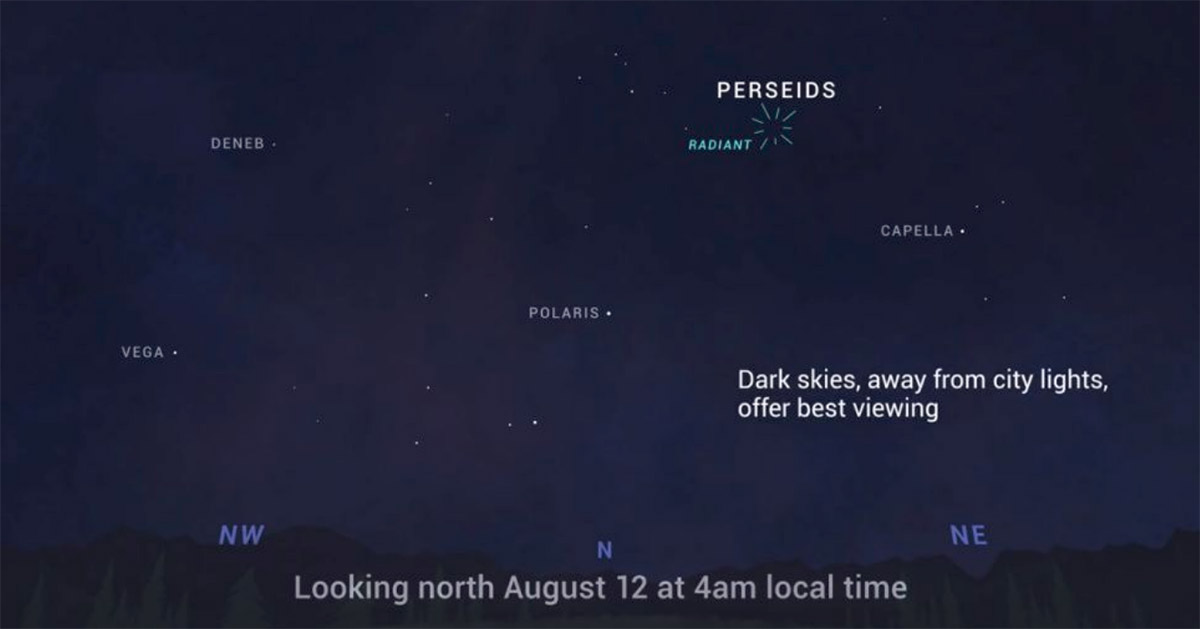
On Dec 21, the Winter Solstice, the two biggest planets in our galaxy, Jupiter and Saturn will appear closer together than they have been since the Middle Ages.
The event will occur in the low southwestern sky about an hour after sunset in the U.S.
A previous conjunction in 7 B.C. (when it happened three times) has been likened to the Star of Bethelem from the Gospel of Matthew.
PREVIOUS CONJUNCTIONS
- 7 BC
- 372 AD
- 431 AD
- 1226 AD
- 1623 AD
- 2020 AD








